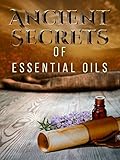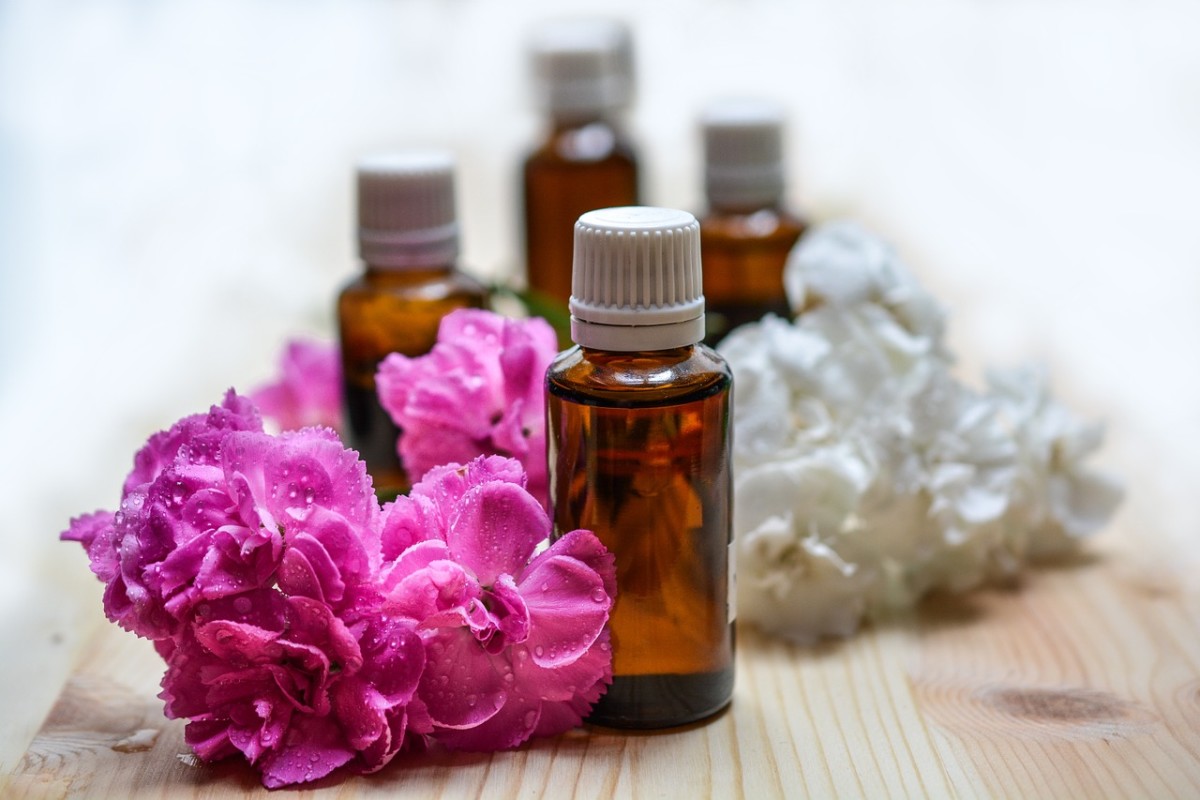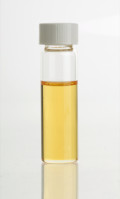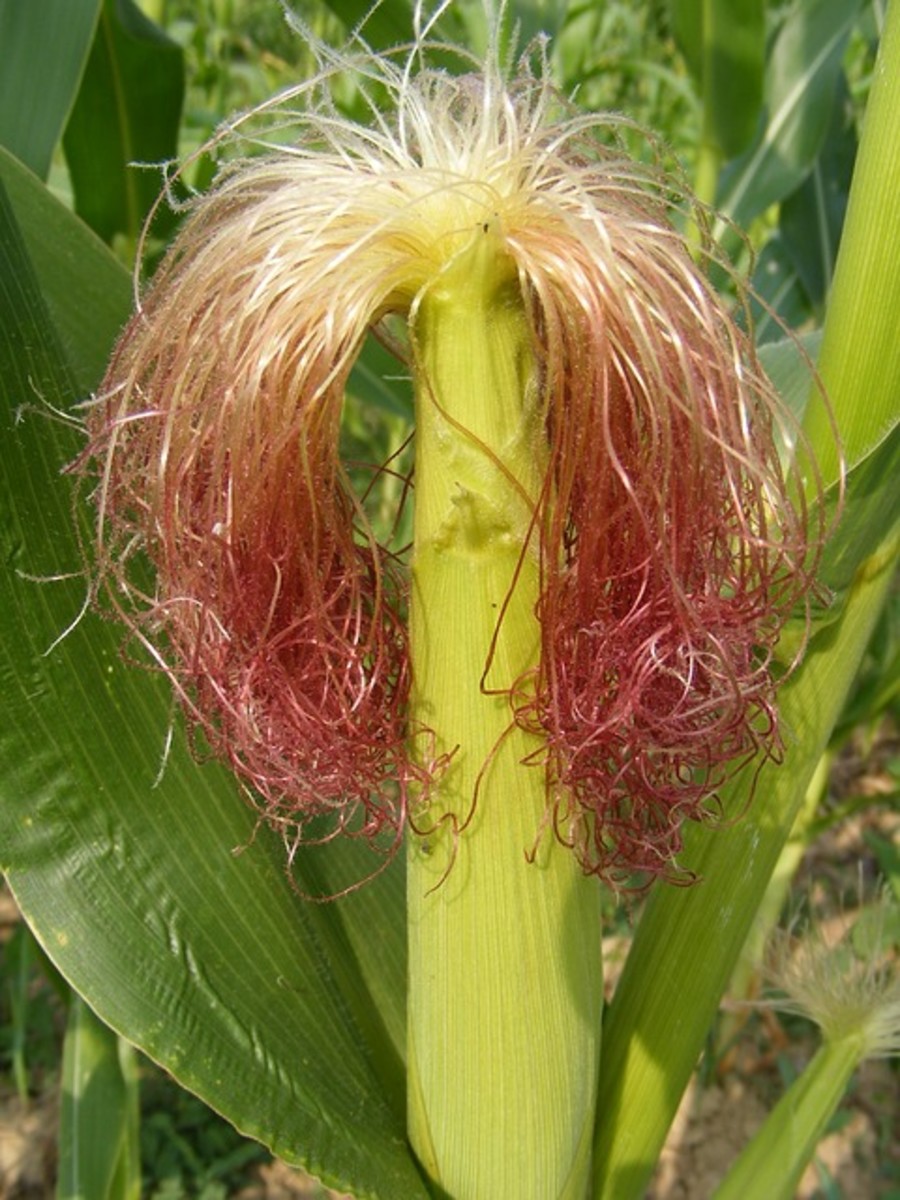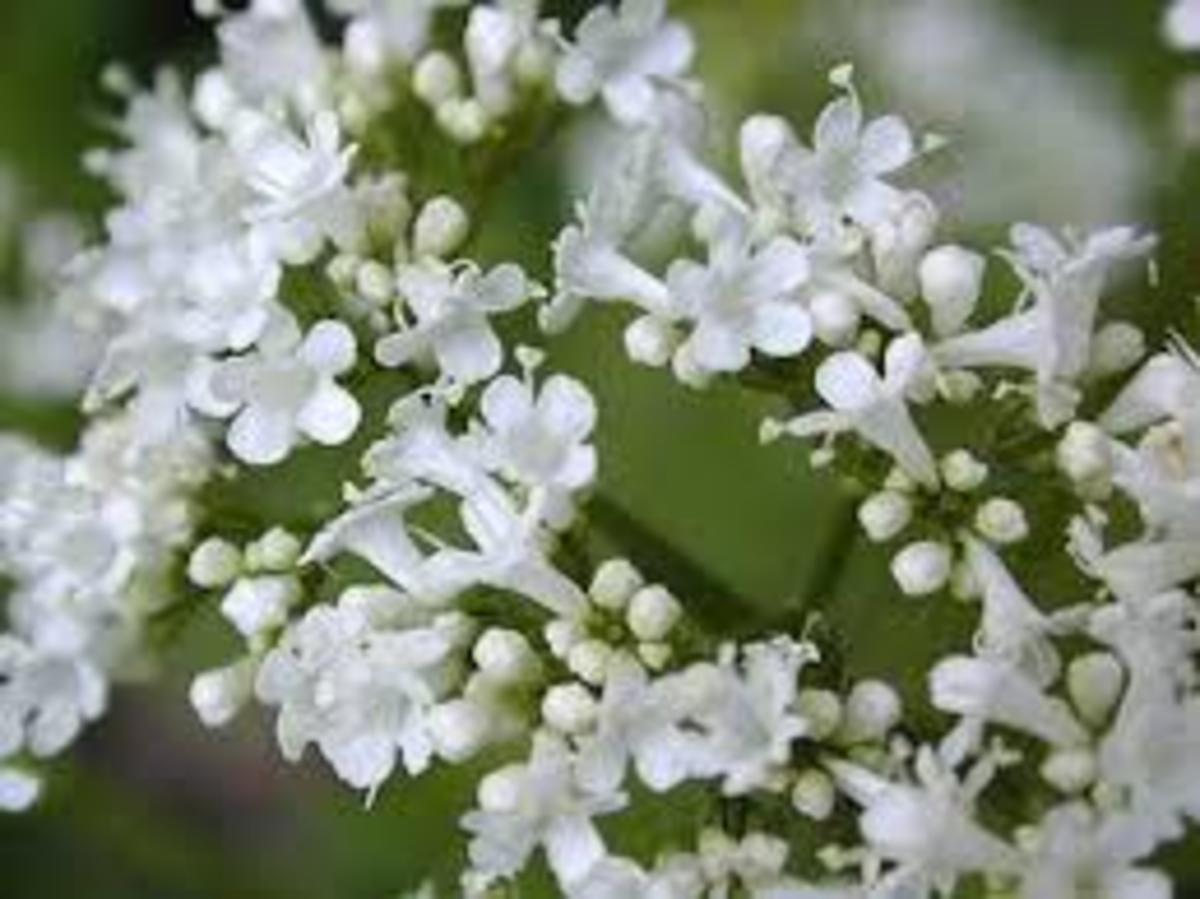Understanding Infused Essential Oils
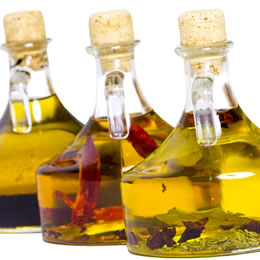
Introduction to Infused Oils
Infused oils are more often than not, confused as being similar with essential oils. This is actually wrong. Although both have lots of similarities the difference come with the infusion oils, where the herb is steeped in oil and exposed to a warm environment for a specific time period until all the beneficial constituents of the herb mixes into the oil and is absorbed by it.
Herbal infused oils are widely produced these days since it can be used for medicinal, cosmetic, and perfumery purposes.
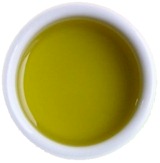
Infused Herbs
Properties of Infused Oils
One distinct quality of infused oils are determined by the consistency of the oil. In comparison to essential oils, they are not as concentrated though. However, the oiliness of the infused oil is determined by the type of carrier oil used during preparation.
Like carrier oils, they can turn rancid a bit quickly so you have to take note about proper storage measures and practices to avoid spoiling it. And despite the fact that they can be quite beneficial, the proper methods of usage should be taken note of to ensure that you get the benefits of using it.
How Is It Different From Essential Oils?
As mentioned earlier, infused oils must not be confused with essential oils since each one are produced differently and can therefore have different effects when used in aromatherapy application. Essential oils are the ones commonly used in aromatherapy. Here are some of the most general differences between infused and essential oil for you to understand the difference:
- Essential oils are produced by distilling natural oils found in various parts of botanical sources. On the other hand, infused oils are mere carrier oils that are infused with herbs.
- In terms of consistency, essential oils are surprisingly not oily. On the other hand, infused oils can be oily to the touch.
- Essential oils can often be too high in concentration such that it has to be diluted with carrier oil. On the other hand, infused oils can be used as an alternative to carrier oils during aromatherapy application.
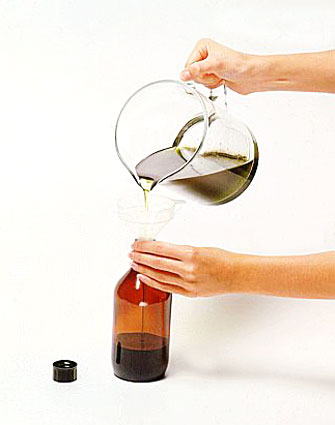
Rosemary & Sage Castor Oil Infusion
Making Your Own Infused Oil
First and foremost, you need to spend a great deal of your time deciding on the type of herb you are going to use when making infused oils. Take note of the intended application and the skin type of the person who is going to use it. Here are the steps you need to take if you want to produce homemade infused oils:
- Prepare all of your materials. These include glass jars, cheesecloth, carrier oils, dried or fresh herbs, and rubber band or string.
- Fill the jar halfway with your dried herbs. Avoid cramping the herbs into the jar so it won't br crushed in the process.
- Add the carrier oil into the jar. Some of those best recommended for herbal infused oils are jojoba, sunflower, and macadamia.
- After that, secure the top by wrapping it with cheesecloth and using rubber band or string to secure the mouth of the jar.
- Place it on a sunny location where you can leave it for a few weeks. After this steeping period, you are ready to filter the oil out of the container so you can produce the herbal infused oils you need.
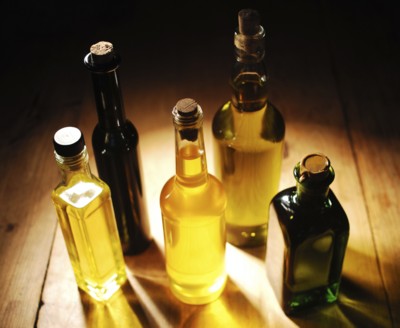
Tips on Proper Storage
If you intend to use the herbal infused oil for a long while, it is important to use proper storage measures so you can prolong its shelf life. Here are some important tips to consider when deciding on a proper storage system for your oils:
- When sealing the mouth of the jar you use to contain the infused oils, you need to add several layers of cheesecloth. This will help keep the container sealed and the oils inside secure from any foreign substances that might cause it to spoil much faster.
- Use a rubber band or string to tighten up the cloth that covers the container.
- Look for a sunny location wherein you can place the jar. Since the direction of the sun can vary from different times of the day, you need to evaluate the geographic location of where you live. You must also consider the type of flower or herb you are using since some of them can be a bit delicate when exposed to the sun.
- For tropical locations, 2 hours of sun exposure might be enough for delicate flowers. For those located in places with colder climates, you need to let the oil sit longer in the sun (about 10 days) to ensure that you can produce the oil you need.
How To Use Infused Oils
When it comes to aromatherapy, infused oils play an important role. Although they can be generally considered as an alternative to carrier oils, they offer more therapeutic benefits as compared to using carrier oils. The herbal infused oils contain their own therapeutic properties, which when combined with essential oils can produce more effective results as compared to using plain carrier oils.
However, do warn about using infused oils topically since it can leave an oily sensation on your skin. So, think about the type of carrier oil you are going to use during herbal infusion to achieve the right consistency you want.
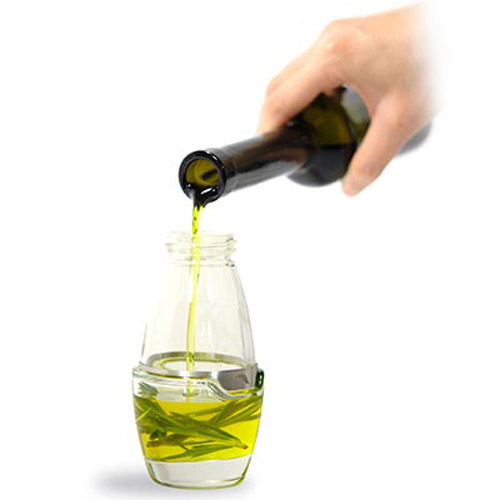
Infused Oil Recipe Video
Safety Information
Although essential or infused oils are produced out of natural substances, you still need to take a great deal of precaution when handling these oils. This will help ensure your safety and avoid developing adverse side effects. One particular aspect you need to consider is the level of concentration when using infused oils. It is important to study the specific qualities of the herb and its concentration so you can determine the proper dosage to use. Learn more about possible contraindications too when you intend to use other essential oils or medicinal substances.
Suggested Infused Oil Recipe
If you want to make your own recipe of herbal infused oils at home, it is very simple once you follow the steps indicated above. Here is one simple recipe you can try at home:
- Gather the ingredients you need such as 2 cups of dried lavender or any other fresh bloom of your choice, sterile jar, and any carrier oil (preferably grape seed or almond oil).
- Take the jar and place all of the herbal ingredients inside it. Then, cover it with the chosen carrier oil.
- Use a cheesecloth to cover the jar tightly. Use a rubber band to keep it sealed and secured.
- Place the jar in an area where it can be directly exposed to the sun. Let it sit there for at least two weeks. After that period, you can return to it, strain and decant the herbal mixture. This will enable you to separate the essential oil.
- Keep the infused oil in a cool place or inside the refrigerator where you can store it for up to a year before it begins to spoil.
Helpful Links
- Taruna Oils
Taruna Oils offers therapeutic grade aromatherapy & essential oils for mind, body & spirit. Freshly cultivated and steam distilled, the essential oils in Taruna Oil's collection are life-enhancing gifts from nature.

